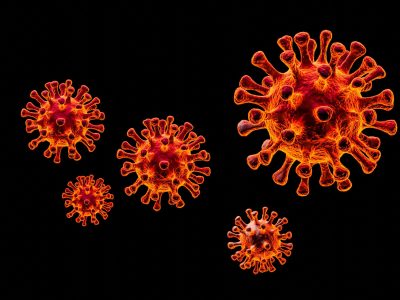PITCH: Expert on DNA evidence available for comment on Anand Syed case
This week Anand Syed, the subject of the Serial podcast that cast doubt on his guilt in a murder case, walked out of prison after prosecutors recommended that his conviction be vacated.
A judge overturned his murder conviction in the 1999 killing of Hae Min Lee after an investigation by prosecutors uncovered information pointing to the possible involvement of two “alternative suspects,” as well as “significant reliability issues regarding the most critical pieces of evidence” used to convict Mr. Syed, including cellphone tower data.
In the motion, prosecutors questioned the cellphone data used to place Mr. Syed near the burial site of Lee, citing a notice on the cellphone records specifically stating that billing locations for incoming calls “would not be considered reliable information for location.”
Kathleen Corrado, the executive director of the Forensic and National Security Sciences Institute at Syracuse University, offers insight on the case and how the investigation can now proceed using advanced DNA analysis that was not available more than 20 years ago.
“At this time the prosecutors are not asserting that Mr. Syed is innocent, but rather that they no longer have confidence in the integrity of the conviction,” said Corrado. “They are currently awaiting DNA analysis in the hopes that new DNA technology may shed some light on whether Mr. Syed’s or a different individual’s DNA is found associated with the victim.”
“Advances in forensic DNA analysis have enabled scientists to re-examine evidence that previously did not provide probative information. These advances include an increased sensitivity in DNA analysis that allow for DNA profiles to be generated from small amounts of cellular material that could be deposited for example by someone merely grabbing or touching clothing of the victim, new methods for collecting DNA and cellular material from clothing such as the use of a wet-vacuum (M-VAC®) collection system, and lastly, the use of probabilistic genotyping software that enables better interpretations of mixtures of more than one person’s DNA profile in samples with low amounts of DNA arising from touching an object rather than from a the presence of a body fluid such as blood or saliva,” said Corrado.
“Since many of these techniques were not available 10-20 years ago, we are seeing instances where they are being used to solve current cold cases as well as provide new, sometimes exculpatory results, in older cases that may have had limited forensic evidence providing probative information at the time of the original conviction,” said Corrado
“In this particular case, there was little forensic evidence that tied Mr. Syed to the crime and in particular, much of the prosecution’s case relied on a co-operating co-defendant. It is hoped that current cases in the judicial system would have the benefit of using these newer technologies to provide probative information to link or exclude an individual from evidence up-front during the initial investigation and thereby reducing the chance of potentially innocent persons spending a lifetime in prison,” said Corrado.
To schedule an interview with Corrado, please contact Ellen James Mbuqe, executive director of media relations at Syracuse University, at ejmbuqe@syr.edu or 421-496-0551.
